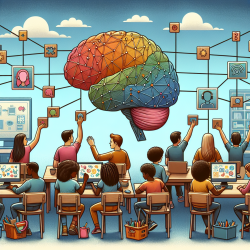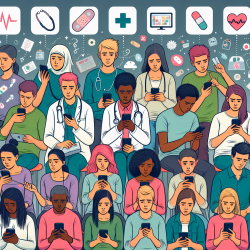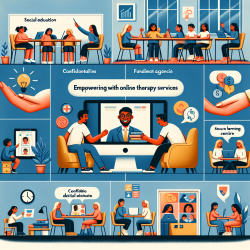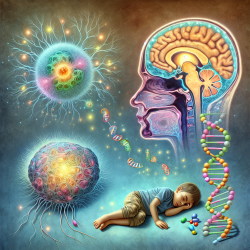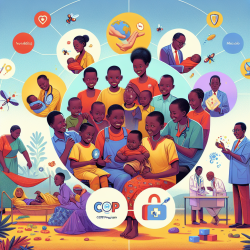In the ever-evolving landscape of education, understanding the intricate relationships between classroom social networks and brain development is crucial. Recent research titled "Connecting the dots: social networks in the classroom and white matter connections in the brain" sheds light on this fascinating intersection. As educators and practitioners, we have a unique opportunity to utilize these insights to foster better learning environments and support student well-being.
The Significance of Social Networks in Classrooms
Classroom dynamics extend beyond academic instruction; they play a pivotal role in shaping students' social-emotional development and mental health. The study conducted by Mulder et al. highlights the importance of peer relationships in influencing brain connectivity, particularly focusing on white matter microstructure. White matter is crucial for efficient communication between different brain regions, impacting cognitive functions and emotional regulation.
Key Findings from the Research
- Peer Victimization: The study found associations between peer victimization and changes in white matter microstructure. Specifically, higher global fractional anisotropy (FA) and lower global mean diffusivity (MD) were observed in children who experienced victimization.
- Peer Rejection: Similar patterns were noted for peer rejection, with lower global MD being a significant marker. These changes suggest accelerated maturation of white matter microstructure in affected children.
- Implications for Development: These findings indicate that being victimized or rejected by peers could equate to being eight months older in terms of white matter development.
Practical Applications for Educators
The implications of this research are profound for educators seeking to create supportive learning environments. Here are some strategies to consider:
- Promote Inclusivity: Foster a classroom culture that values diversity and inclusivity. Encourage students to appreciate differences and build positive peer relationships.
- Implement Anti-Bullying Programs: Integrate comprehensive anti-bullying initiatives that address both prevention and intervention. Educators can utilize resources from organizations like TinyEYE to provide online therapy services that support students' mental health.
- Enhance Social Skills Training: Equip students with essential social skills through targeted training programs. Focus on communication, empathy, and conflict resolution to improve peer interactions.
- Create Safe Spaces: Establish safe spaces where students can express their feelings and experiences without fear of judgment or retaliation. This can help mitigate the negative impacts of peer victimization.
The Path Forward: Encouraging Further Research
The findings from this study underscore the need for continued research into the complex interplay between social networks and brain development. By investing in longitudinal studies, we can gain deeper insights into how these relationships evolve over time and identify effective interventions to support students' growth.
To read the original research paper, please follow this link: Connecting the dots: social networks in the classroom and white matter connections in the brain.
